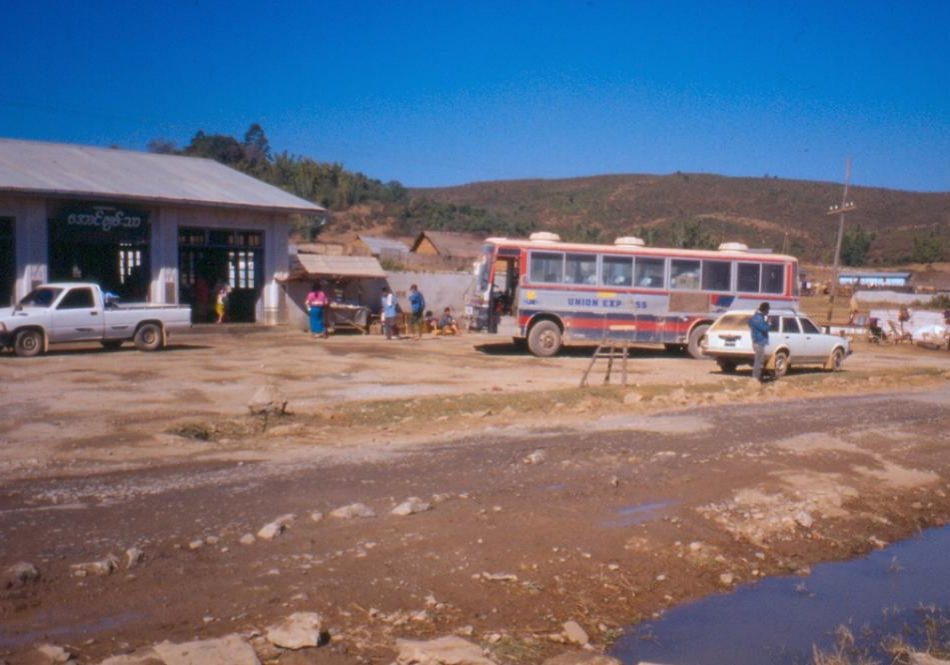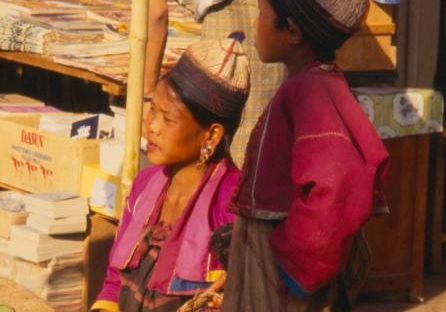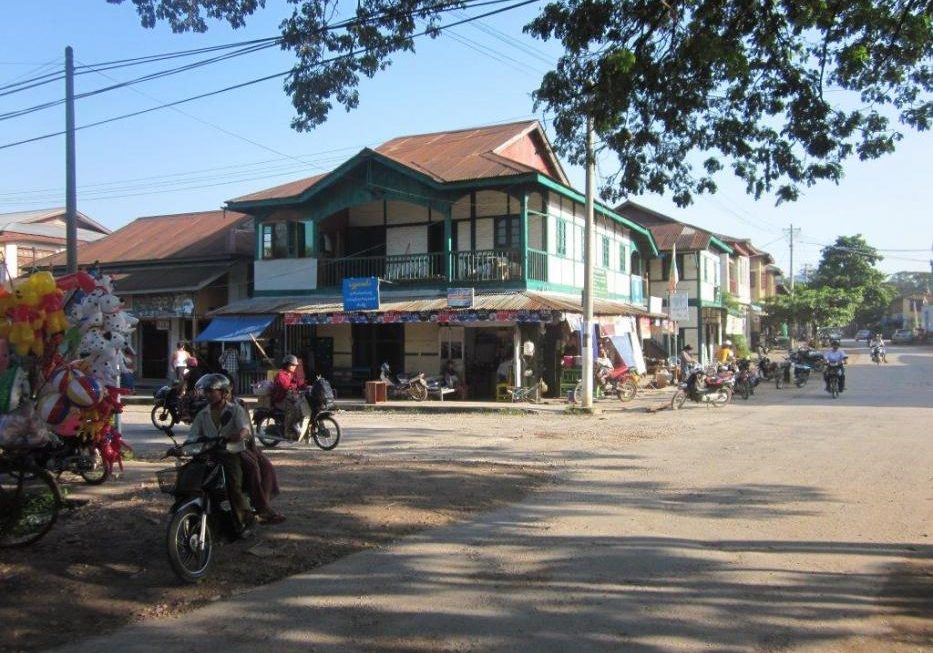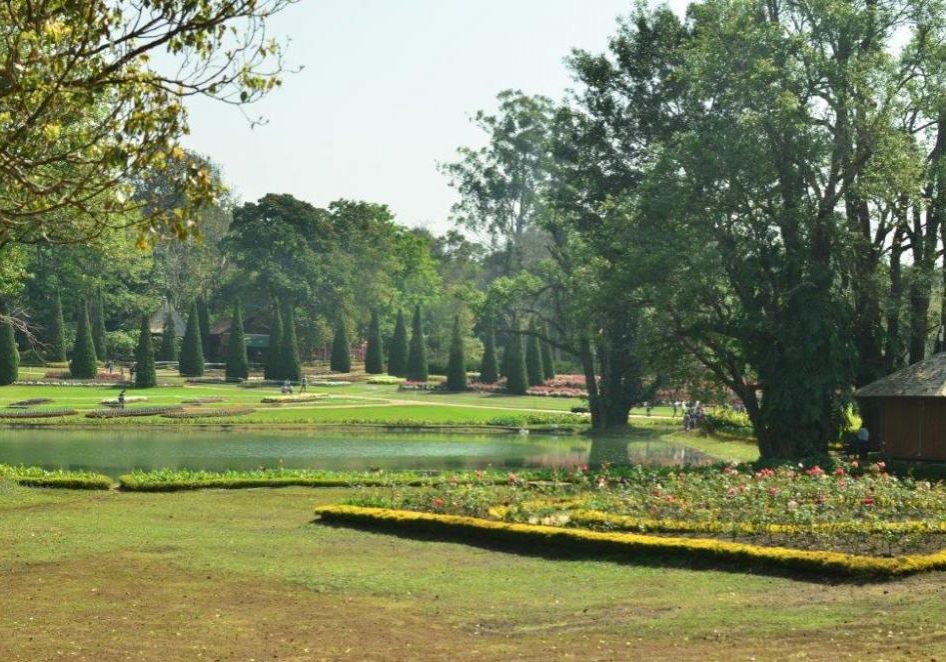Places of interest
MUSE
Muse, a small town on the banks of the Shweli River, is the main border gateway between Myanmar and Yunnan Province (China). Located 190 km from Lashio, it is a bustling trading center, Muse Motel has modern facilities. Namkham and Kyukoke are nearby border towns.
LASHIO
Capital of the northern Shan State, major settlement is Shan and Chinese being bordering with Yunan province of China. The famous Burma Road built by the British before the War, interests with Ledo Road leading into the Yunnan province. The highlight about this trip is to enjoy the most spectaculars scenic views of the Shan plateau traveling one way by winding road with elbow crossing hilly drive and the other way by train with twisting and turning hilly trek. Crossing over historic Gokehtaik viaduct will be an unforgettable experience. There is a hot spa near Lashio which is always crowded with local pilgrimages to enjoy the nature warmed both of they believe bathing here will purify body and mind.
HSIPAW
Hsipaw is an ancient Shan town, the local capital of a Shan principality of the same name which according to its legendary history goes back to year 58 B.C. It is said to have been founded by Sao Hkun Hkam Saw, the fourth son of the Sawbwa (Saohpa) of Mong Mao named Sao Hkun Lai. The Myanmar (Burma) people pronounce the name as Thibaw and the last king of Myanmar, King Thibaw (1875-85 AD) got his name from this town. Hispaw has a large local market in the center of the town, with cinemas, small guest houses and restaurants near the bus stands. The old wooden traditional Haw, Palace of the Sawbwa is at the northern end of the town and the main pagoda, the Maha Myatmuni Phaya is right at the southern end. The roads are parallel to the Namtu or Dokhtawaddy River with its clear, cool waters against a backdrop of hill and mountains.
PYIN-OO-LWIN (MAYMYO)
Over 1000 meters above sea-level, Pyin Oo Lwin is a popular hill station about 69km away from Mandalay. It is well known for its colonial style houses with large compound and pine trees, eucalyptus and silver-oak abound in town. Delightfully cool and pleasant the whole year round.
It was founded by Myanmar official Maung Dwe in 1851 and later named as May Myo by British Colonel May in 1896. The 142-hecter well laid-out Botanical Garden, scenic Pwe-kauk Waterfalls, Chinese Temple in addition to British built colonial buildings are places worth visiting. Nearby are Peik-chin-hmyaung Cave and Gokteik Rail Bridge.





